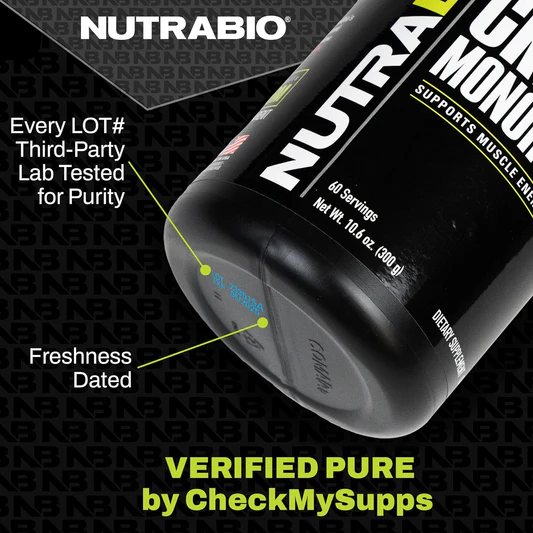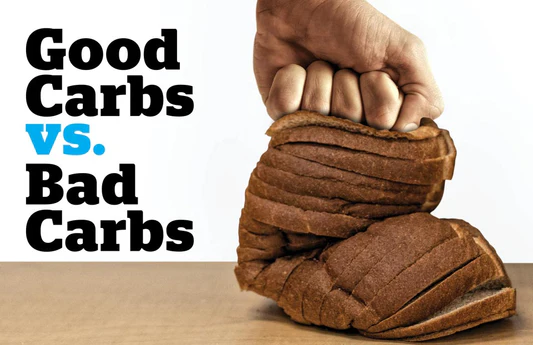In the vast world of protein supplements, it's crucial to understand the differences in protein quality, especially when it comes to whey protein. Misunderstandings abound regarding the types of whey protein, notably Whey Protein Concentrate (WPC) and Whey Protein Isolate (WPI), leading to confusion among consumers.
The Lowdown on Whey Protein Concentrate (WPC-34) vs. High-Quality Alternatives
WPC-34, a low-grade whey protein, consists of just 34% protein, with the remainder being fat, lactose, sugar, and cholesterol. In comparison, Whey Protein Concentrate 80% (WPC-80) offers a higher protein content. However, the ultimate in whey protein purity is found in Whey Protein Isolate (WPI-90), boasting an impressive 90% protein content. This distinction in protein concentration highlights why not all protein powders offer the same nutritional value. Understanding this can guide you to make informed decisions when purchasing protein supplements.
The Deceptive Practice of Protein Spiking
Another concern in the protein supplement industry is the practice of 'protein spiking', where manufacturers add free-form amino acids to artificially inflate the protein content. This misleading practice compromises the actual protein value of the product, deceiving consumers into thinking they are getting more protein than they actually are.
Choosing the Right Protein: Transparency is Key
To ensure you're getting high-quality protein, avoid products that only list "whey protein concentrate" without specifying the concentration. Opt for supplements that clearly state "Whey Protein Concentrate 80%" or choose Whey Protein Isolate for the highest protein purity. It's essential to select products from transparent brands that don't hide behind proprietary blends, allowing you to know exactly what you're consuming.
For a deeper dive into the world of protein supplements and to make informed choices, explore NutraBio's range of high-quality protein products:
- Discover NutraBio's Whey Protein Isolate for top-tier protein purity.
- Learn about the benefits of Whey Protein Concentrate 80%.
- Explore the versatility of NutraBio's Protein Blends, combining the best of different protein sources.
In conclusion, understanding the differences between various whey proteins and being aware of deceptive practices like protein spiking can help you make better choices for your nutritional needs. Always look for transparency and quality in your protein supplements to ensure you're getting the best product for your health and fitness goals.







